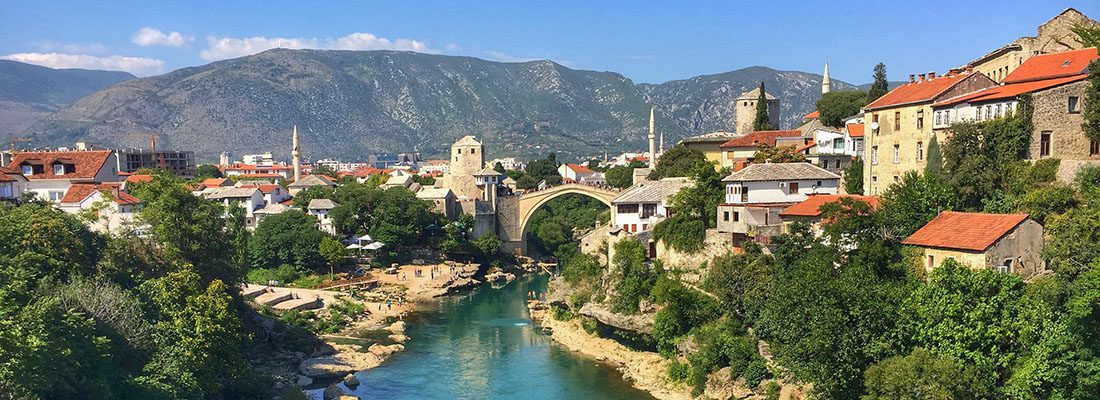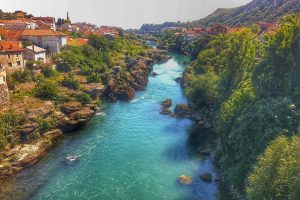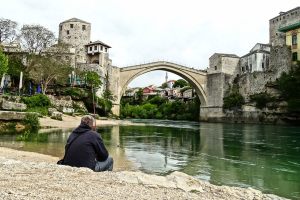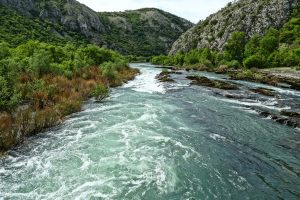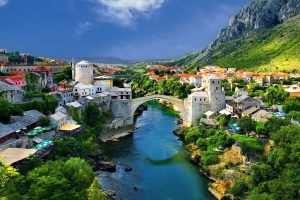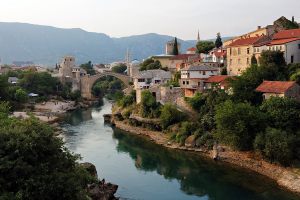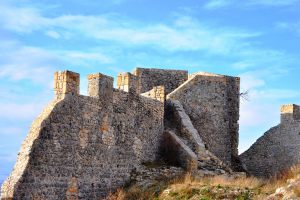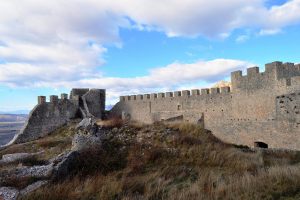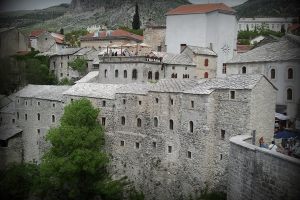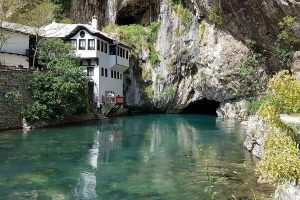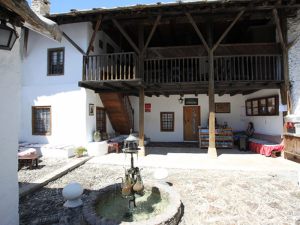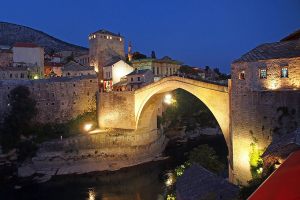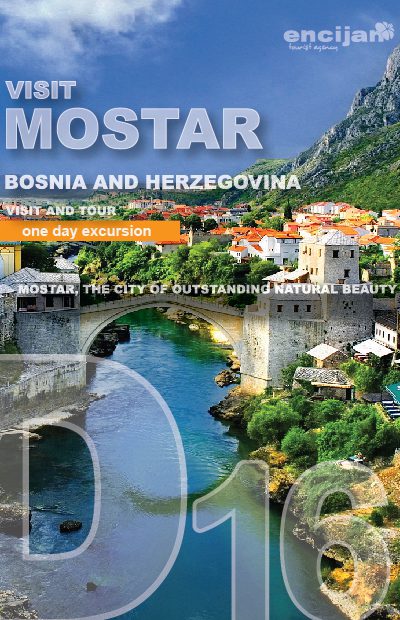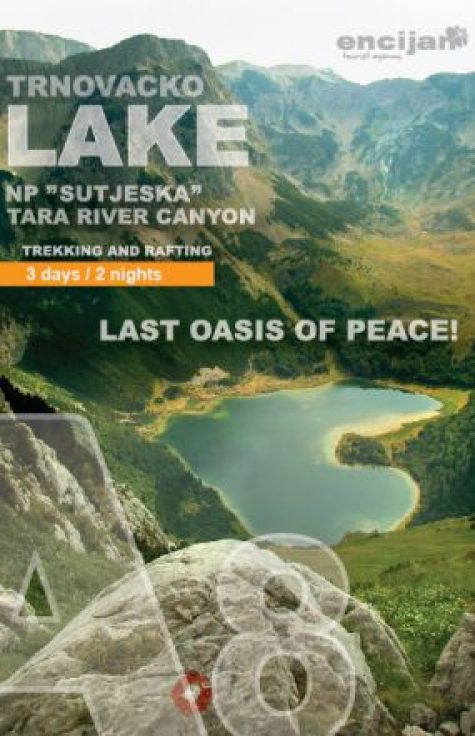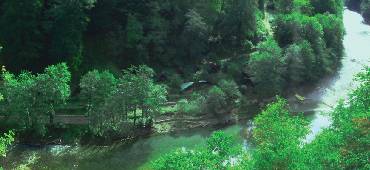-
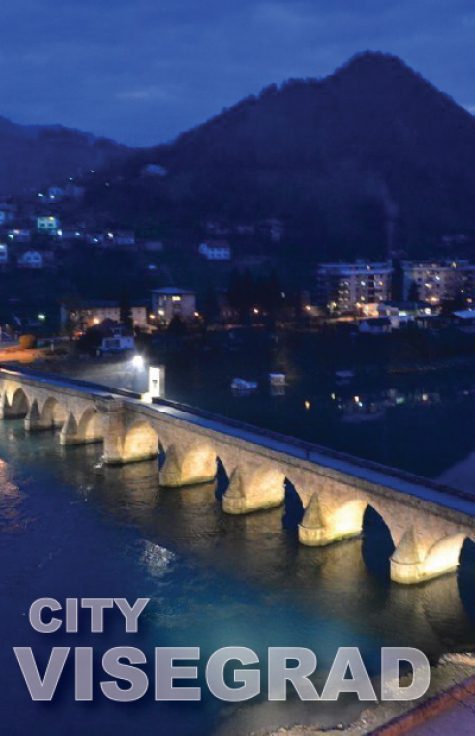 Višegrad is a town and municipality located Bosnia and Herzegovina. It is resting at the confluence of the Drina and the Rzav river.
Višegrad is a town and municipality located Bosnia and Herzegovina. It is resting at the confluence of the Drina and the Rzav river. -
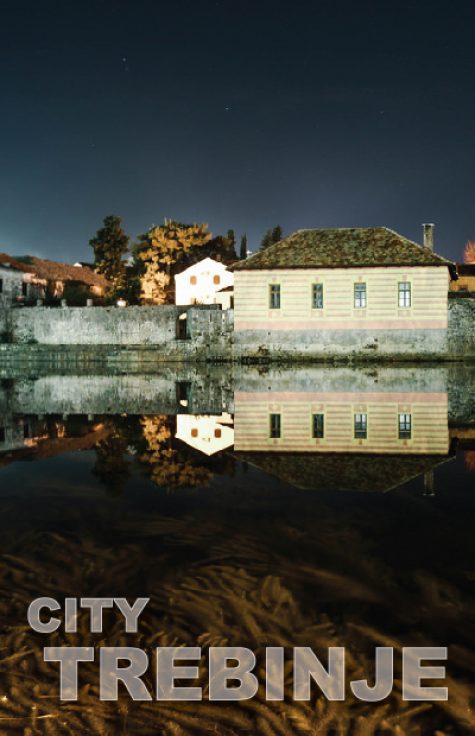 Trebinje is the southernmost city in Bosnia and Herzegovina situated on the banks of Trebišnjica river in the region of East Herzegovina.
Trebinje is the southernmost city in Bosnia and Herzegovina situated on the banks of Trebišnjica river in the region of East Herzegovina. -
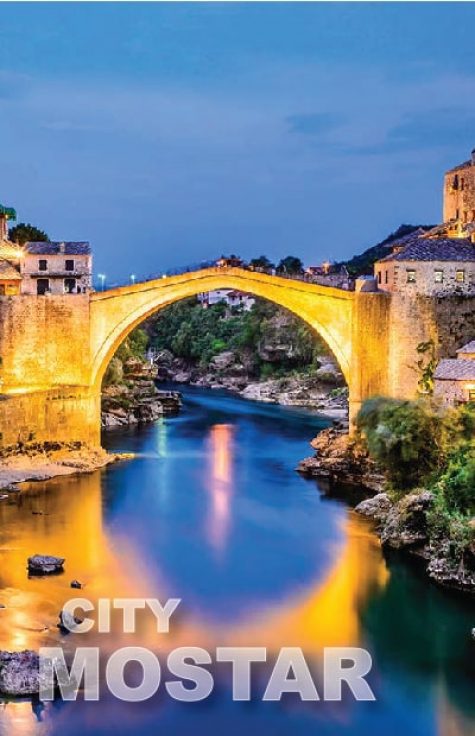 Mostar is situated on the Neretva River and is the fifth-largest city in the country.
Mostar is situated on the Neretva River and is the fifth-largest city in the country. -
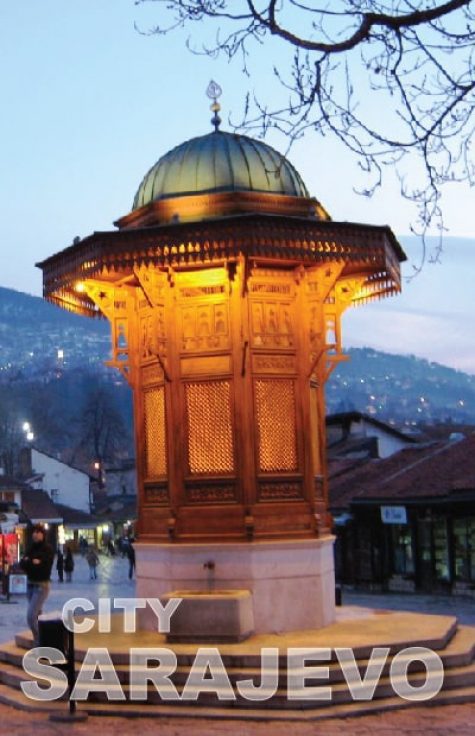 Sarajevo is the capitaland largest city of Bosnia and Herzegovina Nestled within the greater Sarajevo valley of Bosnia
Sarajevo is the capitaland largest city of Bosnia and Herzegovina Nestled within the greater Sarajevo valley of Bosnia
Discover Mostar, a charming city nestled on the Neretva River, and it is the fifth-largest city in the country. Mostar was named after the bridge keepers “mostari” who once in the medieval times guarded the Stari Most (Old Bridge) over the Neretva river. Mostar is a city and the administrative center of Herzegovina-Neretva Canton of the Federation of Bosnia and Herzegovina.
When Mostar is mentioned, the Old Bridge takes center stage. The Old Bridge is th UNESCO World Heritage Site and it is one of the most popular attractions in Bosnia and Herzegovina. Rebuilt 16th-century Ottoman bridge in the city of Mostar in Bosnia and Herzegovina that crosses the river Neretva and connects the two parts of the city. Old Bridge diving is a traditional annual competition in diving organized every year in mid summer (end of July). Don’t miss Biscevic House, Turkish House Museum with a courtyard, showcasing furnishings such as rugs, silver and ceramics. This house was built in the 17th century in Ottoman time.
Mostar has architecturally noteworthy buildings in a wide range of styles. Historicist architectural styles reflected cosmopolitan interest and exposure to foreign aesthetic trends and were artfully merged with indigenous styles. Examples include the Italianate Franciscan church, the Ottoman Muslibegovića house, the Dalmatian Corovic House and an Orthodox church which was built as a gift from the Sultan. The Ottomans used monumental architecture to affirm, extend and consolidate their colonial holdings. Administrators and bureaucrats – many of them indigenous people who converted from Christianity to Islam – founded mosque complexes that generally included Koranic schools, soup kitchens or markets.
The historic site of Počitelj is located on the left bank of the river Neretva. The walled town of Počitelj evolved in the period from 16th to 18th centuries. Architecturally, the stone-constructed parts of the town are a fortified complex, in which two stages of evolution are evident: medieval and ottoman.
These are just a few of the amenities of this beautiful city. Mostar is absolutely worth the visit.

